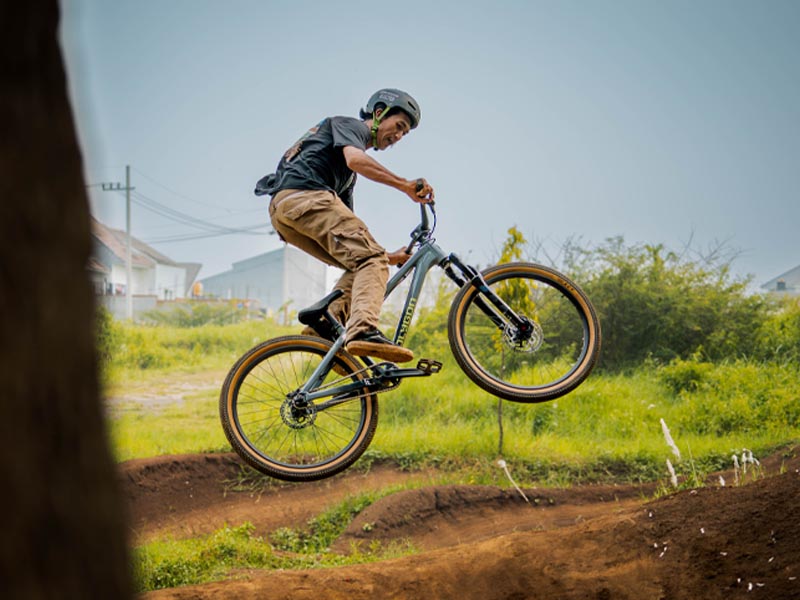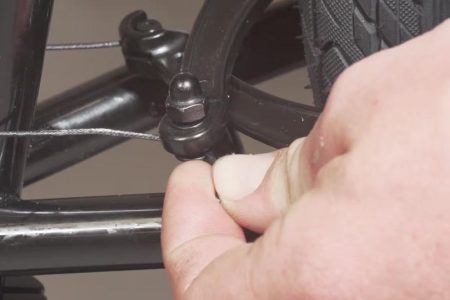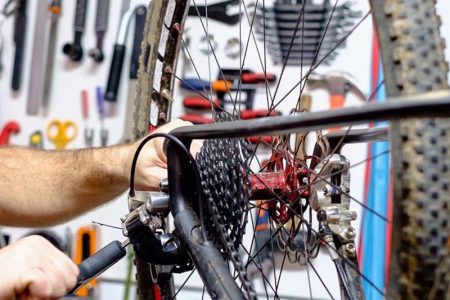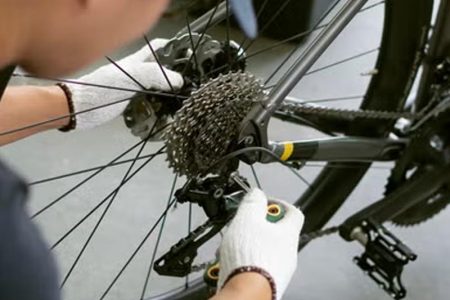Purpose-Built for Riders Who Live in the Air
Picture this: you’re soaring over a dirt jump, landing perfectly on your wheels, or ripping through a pump track with a smile you can’t wipe off. That’s the magic of a Dirt Jump Bike — a machine built for style, airtime, and pure riding fun.
But buying one isn’t as simple as picking a paint color. Your choice can mean the difference between a bike that feels like an extension of your body and one that ends up collecting dust in the garage.
This guide walks you through everything that matters — from frame strength to custom style — so you can pick a DJ bike that’s built to last and dialed for your riding style.
What Makes a Dirt Jump Bike Special?
A dirt jump bike isn’t designed for long trails or speedy commutes—it’s a specialist for airtime and tricks. Unlike a mountain bike, a DJ bike prioritizes agility, durability, and style for skateparks, pump tracks, and urban spots.
From the frame to the tires, every component is crafted for explosive moves and hard landings. Here’s what to consider to ensure your dirt jump bike matches your vibe and riding goals.
1. Frame Strength: The Backbone of Your Ride
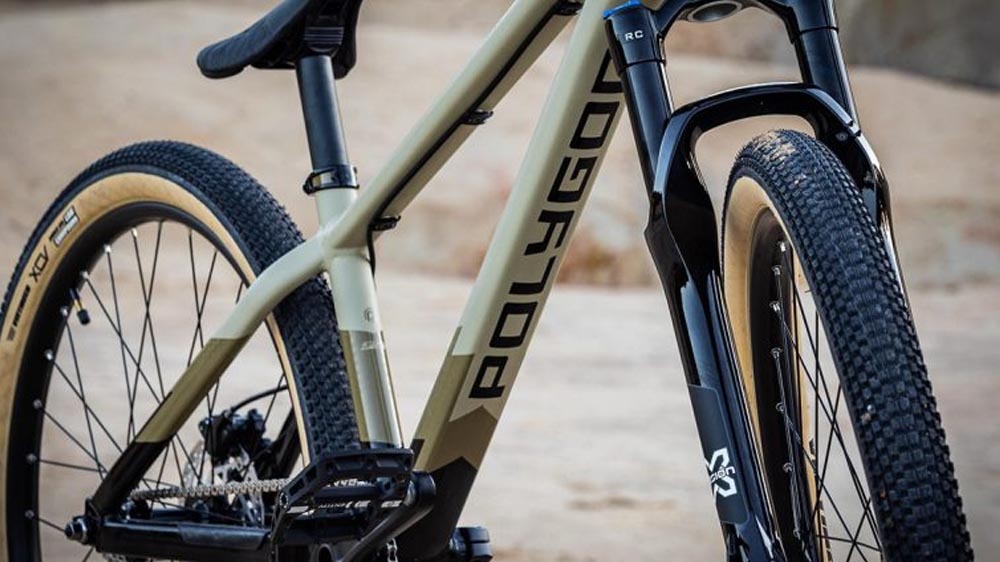
The frame is the heart of any Dirt Jump Bike, and in this sport, it takes a beating. You’re not cruising over smooth pavement — you’re launching off ramps, hitting dirt landings, and sometimes crashing hard.
Chromoly steel is a top choice for DJ frames. It’s heavier than aluminum but far tougher, built to handle repeated high-impact landings without bending or cracking. BMX riders have trusted it for decades for exactly that reason.
A stiff, solid frame also gives you direct feedback, which helps with precision when throwing tricks. If the frame looks sleek but feels flimsy, it’s not the one you want.
2. Suspension: Short Travel, Big Control
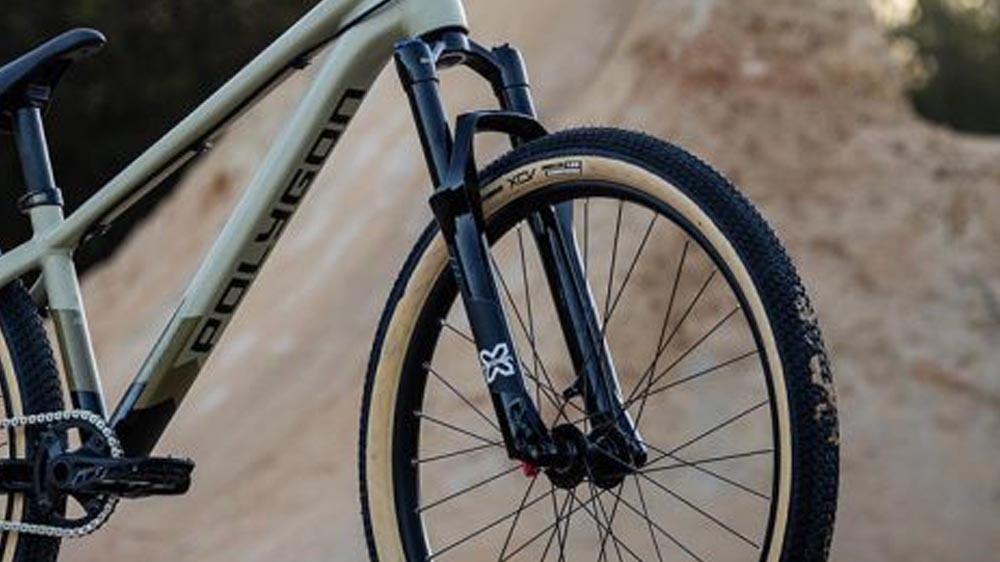
Dirt jump bikes aren’t downhill machines — you don’t need a plush fork that swallows every bump. Most riders stick to 100–120 mm of suspension travel, just enough to absorb landings without killing your pop off the lip.
A stiffer fork keeps your front wheel predictable in the air and on impact. Many DJ forks have heavier damping so you don’t bottom out when landing big.
Some riders even go with rigid forks for maximum pump track efficiency and street riding agility — just be ready for more feedback through your arms and shoulders.
3. Wheel Size: Why 26 Inches Still Rules
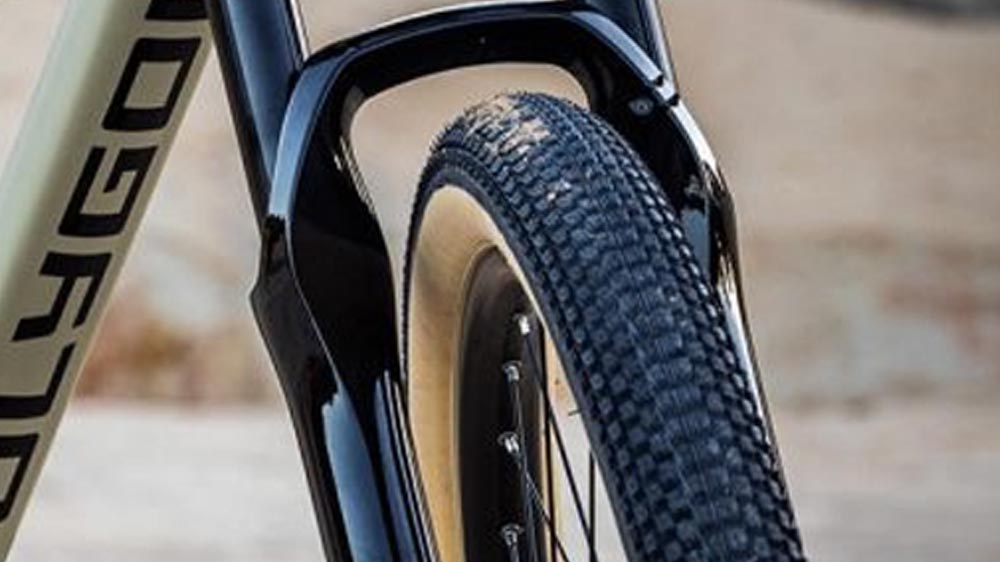
For most dirt jumpers, 26-inch wheels are still the gold standard. They’re light, quick to accelerate, and easy to whip around mid-air.
Some riders experiment with 27.5-inch wheels for a smoother ride and better rollover on rough terrain, but smaller wheels often mean faster spins, more control, and a more playful feel.
Look for strong but lightweight wheels — double-wall rims, high-quality hubs, and properly tensioned spokes. Match your tires to your terrain: smooth treads for pump tracks, chunkier patterns for looser dirt.
4. Brakes: One, Two, or None?
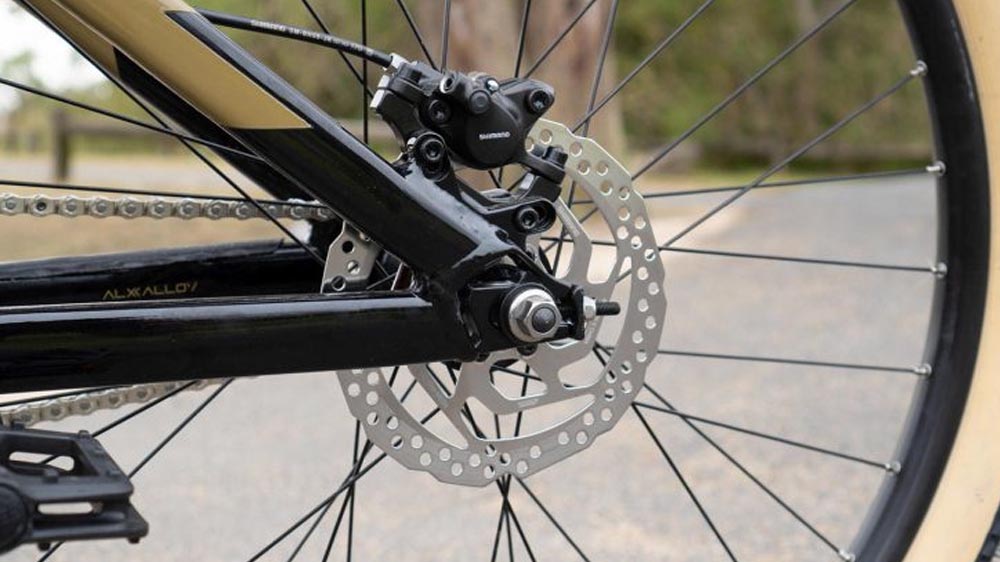
In the DJ world, brake setups are personal — and sometimes controversial:
- Rear Brake Only – Most common. Keeps the bars clear for spins and tricks while giving you just enough stopping power.
- Both Brakes – More control on trails, but extra cables can get in the way unless you run a gyro system.
- No Brakes – Maximum freedom, but you need perfect control and usually a skatepark or legal dirt spot.
If you’re new, start with a rear brake — it’s a safety net without cramping your style. And always check your local park rules; some require at least one brake for safety.
5. Drivetrain: Keep It Simple
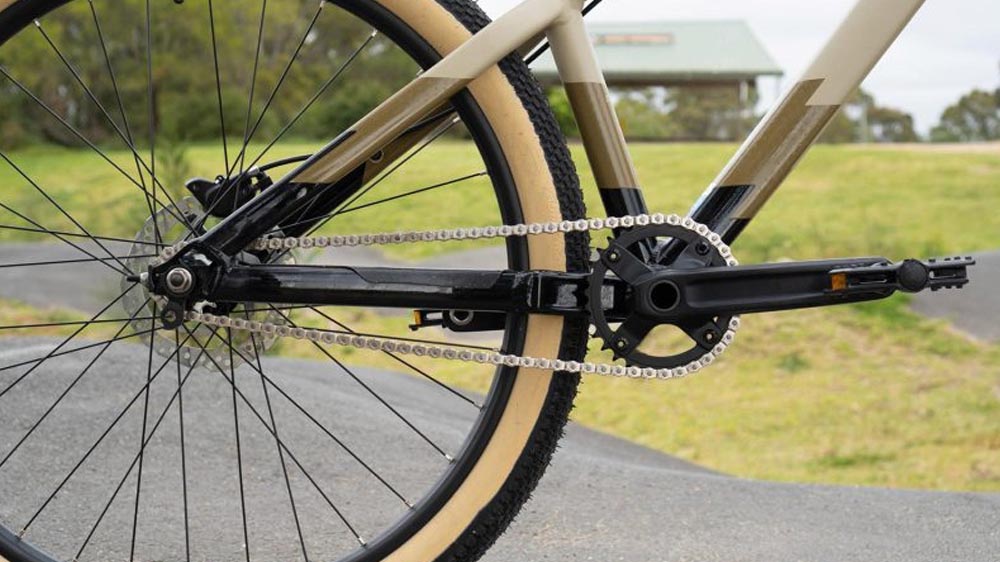
A true Dirt Jump Bike thrives on simplicity. That’s why most run a single chainring — no front derailleur, no shifters, no mid-air gear changes.
You only need one gear ratio: enough to accelerate quickly without spinning out too early. Fewer parts mean less maintenance, lower weight, and fewer things to break when you crash.
6. Customization: Make It Yours
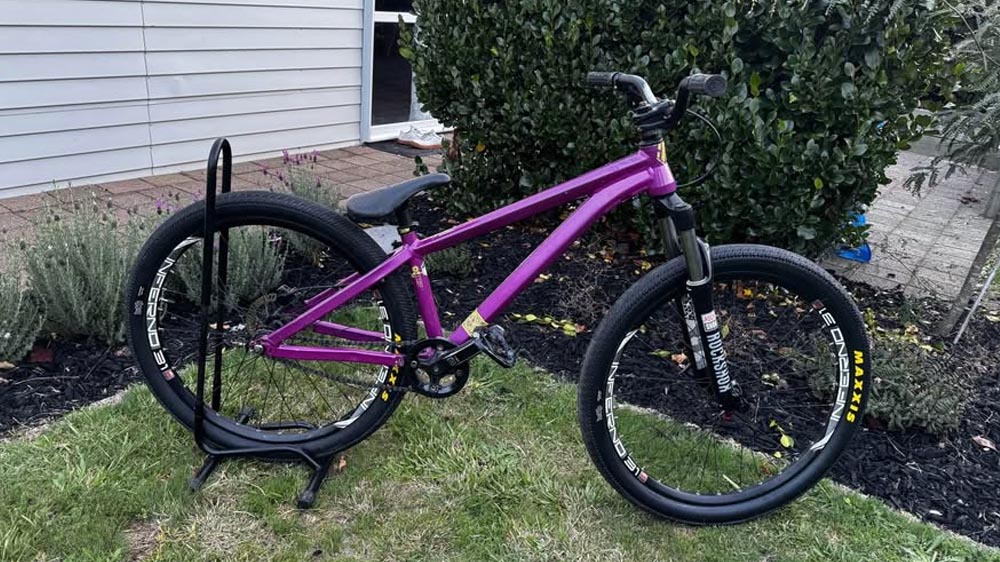
A dirt jumper isn’t just a bike — it’s an extension of your personality. Riders love to swap handlebars, experiment with pedals, upgrade grips, and even throw on custom paint or decals.
Some riders focus on performance upgrades like stronger wheels, lighter cranks, or tires dialed for their local terrain. Others go all-in on the look, turning their bikes into rolling art.
Start with a solid base and tweak it over time. Even small changes can completely change how your bike feels.
7. Style Matters More Than You Think
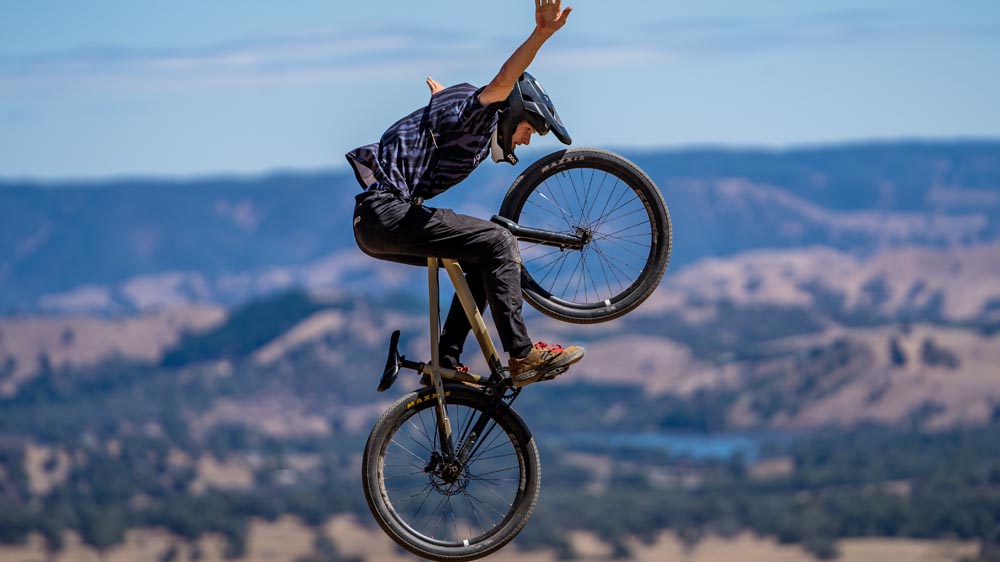
Let’s be real — in the dirt jump scene, looks are part of the culture. A clean, well-built bike turns heads whether you’re at the park or posting clips online.
Minimal cable clutter, bold colors, and dialed details make a difference. Some go matte and stealthy; others bring back retro neon BMX vibes. Matching your bike to your gear? Totally acceptable. Style points count.
8. Fit and Feel: No One-Size-Fits-All
There’s no universal “best” DJ bike. What feels amazing to one rider might feel awkward to another. Your ideal setup depends on your style, your body, and your local spots.
Whenever possible, test ride before buying — borrow a friend’s bike, demo at an event, or rent from a shop. Pay attention to how the geometry feels, whether the wheel size feels natural, and if the fork gives you the right feedback.
Think about your riding goals:
- Learning advanced tricks?
- Shredding pump tracks?
- Competing in dirt contests?
Your answer will shape your build more than any spec sheet.
Read also:
Final Thoughts: Build Your Perfect Dirt Jump Bike
Buying a Dirt Jump Bike isn’t just a purchase — it’s an investment in your riding style and creativity. From a bombproof Chromoly frame to the perfect set of 26-inch wheels, every component shapes how your bike feels in the air and on the ground.
Keep it strong. Keep it simple. Make it yours. Because when you drop in, hit that lip, and float through the air, you’ll know you built the right machine for the ride of your life.









